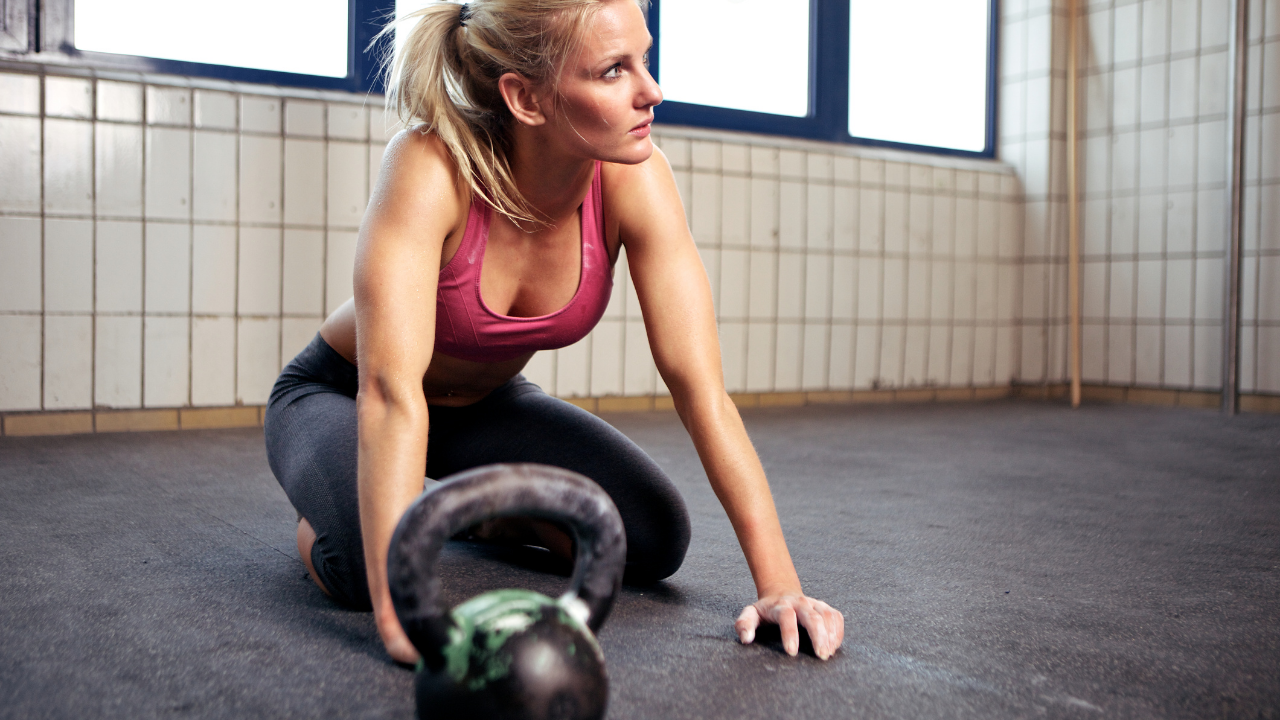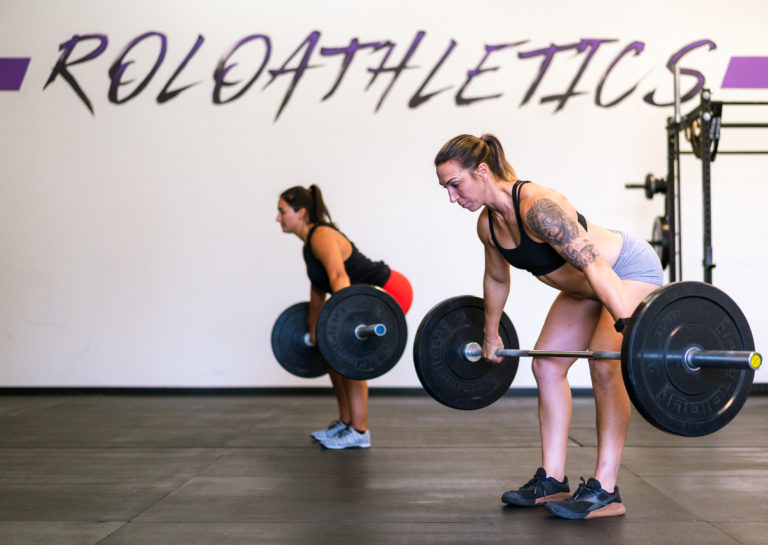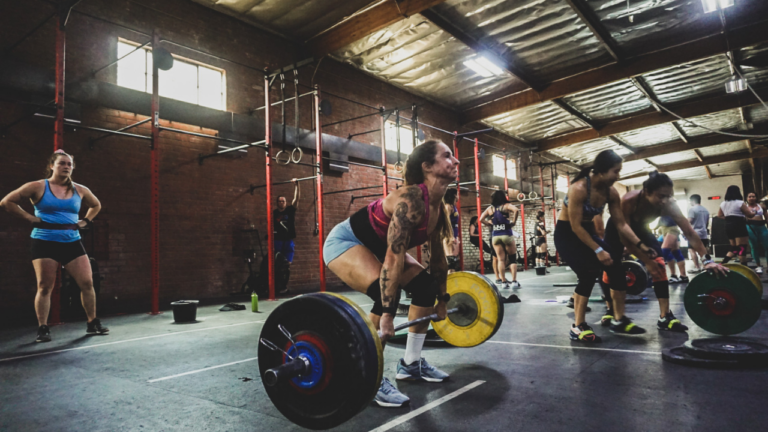Navigating Fitness Through Sickness: A Guide to Approach and Recovery for Athletes

Maintaining a consistent fitness routine is important for all of us. However, there are times when illness strikes, throwing a curveball into your training plans.
Whether you’re dealing with a common cold, flu, or another ailment, it’s important to approach fitness with a thoughtful strategy to promote recovery without compromising your long-term goals. Below we’ll explore how to navigate fitness when sick and offer tips on making a successful comeback post-illness.
Training Through Sickness:
Listen to Your Body:
When you’re feeling under the weather, the first rule is to listen to your body. Pushing yourself too hard can prolong the illness and hinder your recovery. Consider modifying your workout intensity, duration, or type to accommodate your current state of health. Remember, “sweating it out” isn’t actually a thing!
Prioritize Rest:
Rest is a powerful weapon in your recovery arsenal. Your body needs extra energy to fight off illness, so don’t hesitate to take a day or two off from intense workouts. Focus on getting quality sleep to support your immune system and overall well-being.
Opt for Low-Intensity Exercise:
If you feel up to it, engage in low-intensity activities such as light jogging, walking, or gentle yoga. These activities can help maintain circulation and may even alleviate some symptoms. Remember, the goal is not to break personal records but to keep your body moving without overexertion.
Hydrate and Nourish:
Proper nutrition is crucial when you’re sick. Ensure you’re staying hydrated by drinking plenty of fluids with electrolytes (Lmnt is our go to!), and focus on nutrient-dense foods to support your immune system. Soups (to help you get in your protein), fruits, and veggies can provide the vitamins and minerals your body needs for recovery.
Recovery Strategies:
Gradual Return to Training:
Once you start feeling better, resist the urge to jump back into your regular training routine immediately. Gradually reintroduce exercise, starting with lower intensity workouts and progressively increasing the intensity and duration. This approach helps prevent setbacks and reduces the risk of re-infection.
Set Realistic Goals:
Accept that your fitness level may have temporarily declined during your illness. Set realistic and achievable goals for your post-recovery workouts. Celebrate small victories and be patient with yourself as you work your way back.
Listen to Your Body (Again):
As you resume training, pay close attention to how your body responds. If you experience fatigue, dizziness, or persistent symptoms, it’s a sign to scale back. Prioritize your health and well-being over any performance goals.
Focus on Immune Support:
Continue to support your immune system with a balanced diet rich in vitamins and minerals. Make sure you are eating ENOUGH, as well as getting in the right amount of protein and carbohydrates. This is not the time to be focusing on creating a calorie deficit (i.e “going on a diet”).
Approaching fitness when sick requires a balance between respecting your body’s need for rest and maintaining a semblance of physical activity.
By listening to your body, prioritizing rest, and gradually easing back into training, you can navigate illness without compromising your long-term fitness goals.
Remember, recovery is a process, and being patient and attentive to your body’s signals is key to coming back stronger and more resilient than ever. Stay competitive, stay healthy!
Like this post? Share it with your fellow athletes! Want to be notified when we create a new blog post? Subscribe HERE






